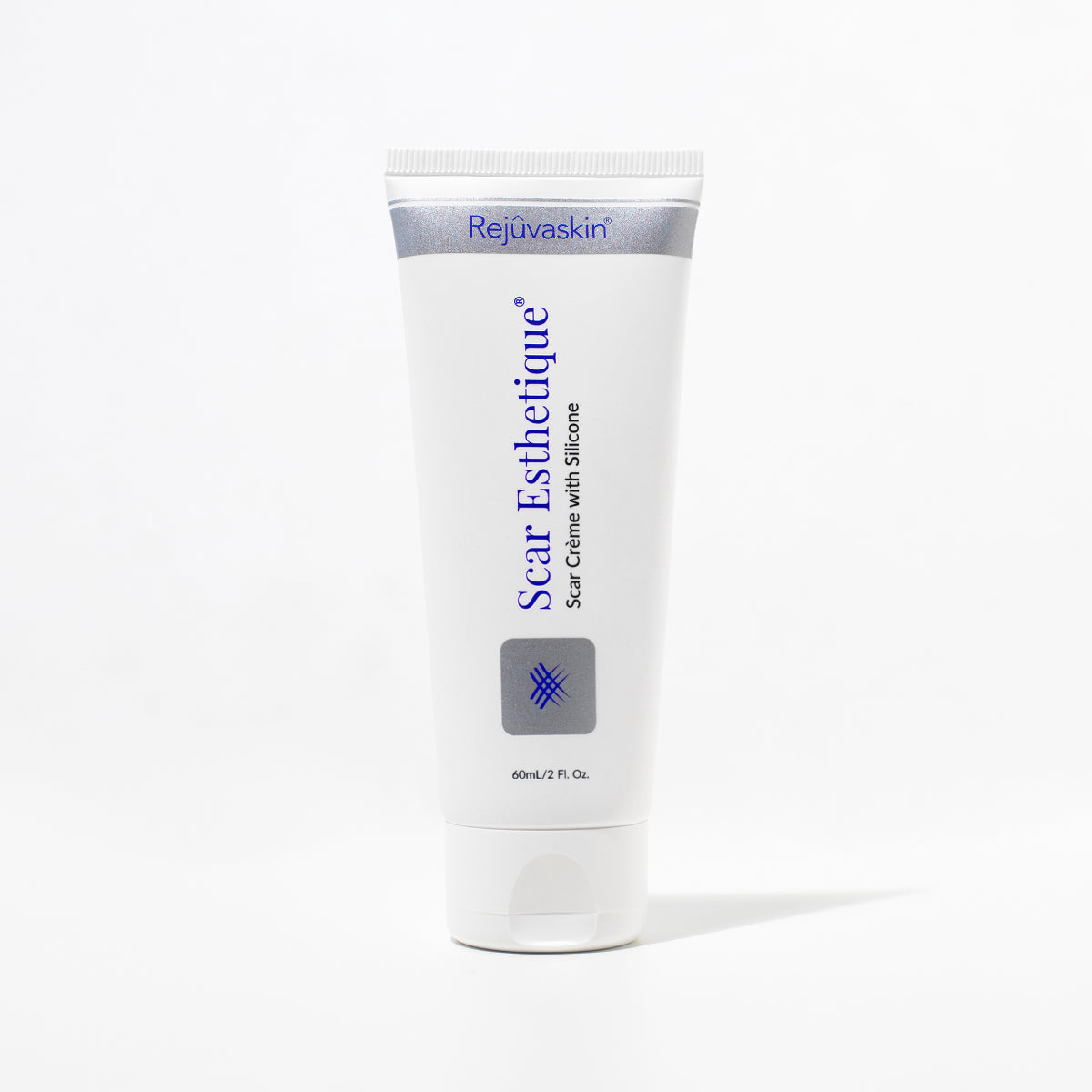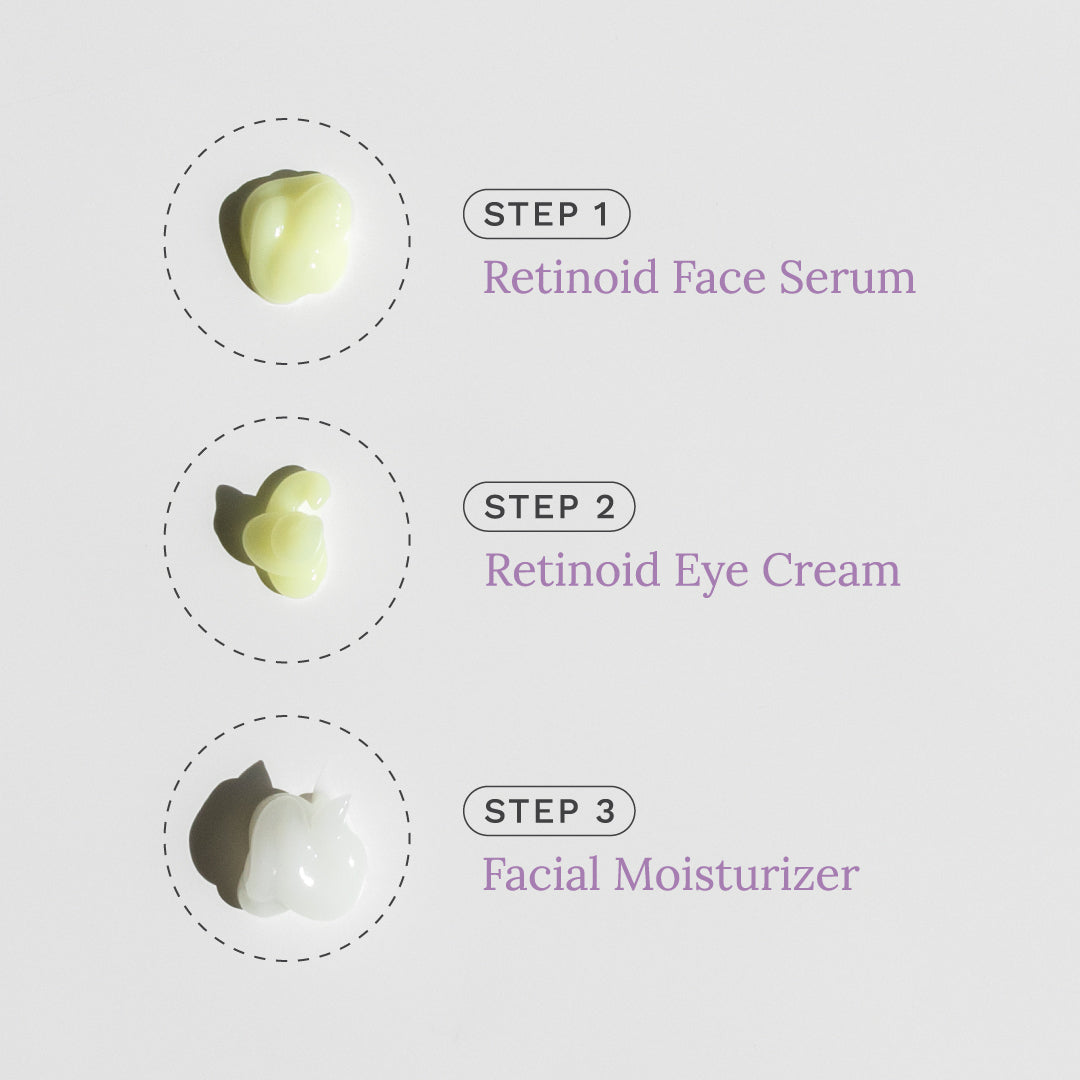In observance of Skin Cancer Awareness Month, we are exploring skin cancer detection by delving into the nuances of the most formidable types of skin malignancies, and discussing various treatment modalities available.
Exploring the Spectrum of Skin Cancer
Skin cancer encompasses a spectrum of malignancies. Each possesses distinct characteristics warranting vigilant attention.
Basal Cell Carcinoma (BCC)
Manifestation: Pearly or pink, smooth elevation
Termed BCC, basal cell carcinoma stands as the prevailing form of skin cancer. Its etiology rooted in the basal layer of the epidermis underscores its predilection for regions subjected to heightened solar exposure, notably the upper back, face, and neck. While BCCs typically exhibit sluggish growth kinetics and infrequent systemic dissemination, prompt identification remains pivotal for treatment efficacy.
Squamous Cell Carcinoma (SCC)
Manifestation: Red nodules, ulcerative lesions, or erythematous patches
Referred to as SCC, squamous cell carcinoma manifests primarily within the superficial layers of the epidermis. Analogous to BCC, SCC arises predominantly in sun-exposed regions, albeit with a propensity for deeper tissue infiltration. Although characterized by a relatively indolent course, vigilance is imperative to forestall potential metastatic progression.
Merkel Cell Carcinoma
Manifestation: Flesh-colored, indolent protuberance
Merkel cell carcinoma, while rare, merits attention due to its distinctive association with Merkel cells, pivotal for tactile perception. Incidence peaks among individuals over 50 and those immunocompromised, with a predilection for neural dissemination, necessitating meticulous monitoring.
Melanoma
Manifestation: Darkly pigmented, irregular lesion with pruritic features
Representing the zenith of skin cancer virulence, melanoma engenders grave concern owing to its aggressive behavior and proclivity for systemic dissemination. Originating from melanocytes, melanoma necessitates early detection and intervention to preclude metastatic dissemination.
Navigating Skin Cancer Awareness and Prevention
Personal Vigilance - Regular self-assessment of cutaneous integrity, particularly in sun-exposed regions, constitutes a cornerstone of early detection. Soliciting assistance for inaccessible areas bolsters comprehensive surveillance.
Dermatological Consultation - Individuals at heightened risk are advised regular dermatological evaluation to facilitate early detection of pre-neoplastic changes, fostering timely intervention.
Mitigating Risk Factors - Adherence to sun protection measures, exemplified by diligent sunscreen application, constitutes paramount in mitigating UV radiation-induced mutagenesis.
Navigating Skin Cancer Treatment Modalities
Surgical Intervention - Surgical excision, typified by Mohs micrographic surgery, stands as a cornerstone for localized lesions, offering favorable outcomes with minimal recurrence rates.
Adjuvant Therapies - Advanced malignancies necessitate multidisciplinary management, encompassing systemic modalities such as chemotherapy, tailored to individual disease burden.
Should concerns arise, a consultation with a healthcare professional is imperative. Embracing sun-safe practices and prioritizing protectiveness helps combat threats of skin cancer.
References
Self-exams. The Skin Cancer Foundation. (2023, October 25). https://www.skincancer.org/early-detection/self-exams/
Skin cancer information. The Skin Cancer Foundation. (2024, March 28). https://www.skincancer.org/skin-cancer-information/








